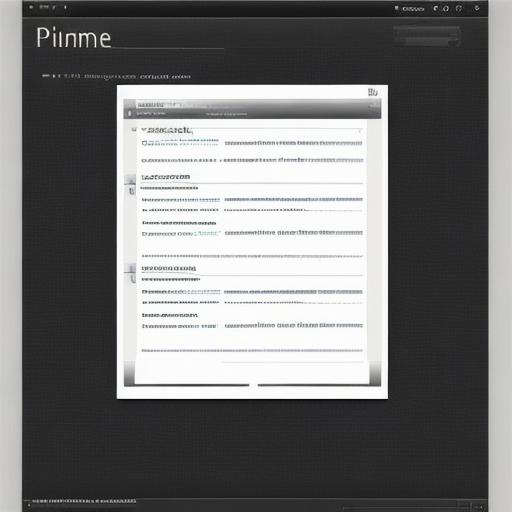How to Build a 10-Minute School Web Development Course
Are you looking to create a course for students who want to learn web development, but don’t have much time on your hands? Look no further! In this article, we will explore how to build a 10-minute school web development course that is both engaging and informative.
First and foremost, it’s important to understand that while you may have limited time, that doesn’t mean you can’t deliver high-quality content. In fact, with the right approach, you can create a course that will leave your students excited about web development and eager to learn more. Here are some tips for creating a successful 10-minute school web development course:
Choose the Right Content
When designing a course that is only 10 minutes long, it’s important to choose content that is both relevant and engaging. You want to make sure that your students are learning something valuable, while also keeping them interested in the material. Here are some topics that can be covered in a 10-minute course:
- HTML basics (such as creating headings, paragraphs, and lists)
- CSS basics (such as changing font colors and styles)
- JavaScript basics (such as creating simple animations or interactions)
- Introduction to version control systems (such as Git)
- Basic web design principles (such as color theory and layout)
By covering these topics, you can create a course that will give your students a solid foundation in web development, while also leaving them with practical skills they can use right away.
Use Case Studies and Personal Experiences
One effective way to make a course more engaging is to use case studies or personal experiences to illustrate the concepts being taught. For example, you could discuss how one of your previous projects used HTML, CSS, and JavaScript to create an interactive website, or share your own journey learning web development and the challenges you faced along the way.
By using real-life examples, you can help your students see the practical applications of the material you’re teaching and make it more relatable. This can also help them understand how the concepts they’re learning fit into a larger context, which can be especially helpful for beginners.
Structure Your Text with Headings and Subheadings
Another important aspect of creating an engaging course is to structure your text using headings and subheadings. By breaking up the material into smaller, more manageable sections, you can help your students focus on one concept at a time and make it easier for them to retain the information. Here are some examples of headings and subheadings you could use:
- HTML Basics
+ Headings
+ Paragraphs
+ Lists
* CSS Basics
+ Font Colors and Styles
+ Background Images and Gradients
+ Layout and Positioning
* JavaScript Basics
+ Variables and Data Types
+ Control Flow (if/else, loops)
+ Functions and Objects
* Introduction to Version Control Systems
+ Git Basics (committing, branching, merging)
+ Collaboration and Workflow
* Basic Web Design Principles
+ Color Theory

+ Layout and Typography
+ Usability and Accessibility
By using headings and subheadings, you can make your course more organized and easier to read, which can help your students stay focused and engaged.
